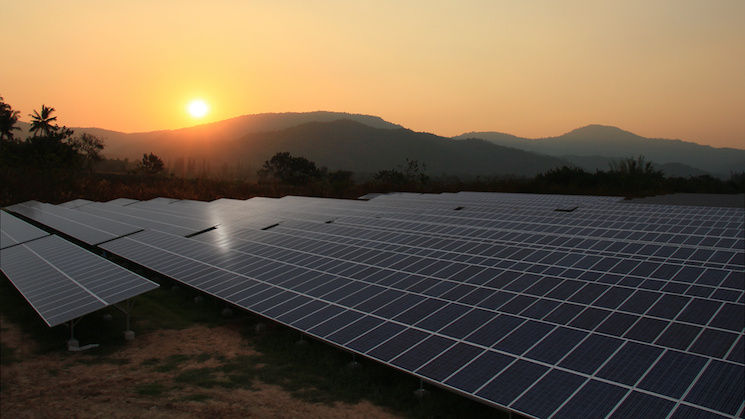By ROBERT UKEILEY May 7, 2013

We no longer have need for any air pollution. Air pollution persists simply because a small group of people choose to create it, and the majority of people do not contest their decision.
I realize that this is a remarkable statement, but it is essentially true. A few caveats: By air pollution, I mean anthropogenic air pollution. Biogenic air pollution, such as sulfur dioxide from volcanoes and fine particulate matter from forest fires, will always be with us. In addition, some small level of anthropogenic air pollution will be with us from mechanical action (plowing and excavating, for instance) and from recycling and manufacturing processes that, even when properly controlled, will emit small amounts of pollutants. Today’s scrubbing devices can capture up to 99.9999 percent of pollutants, but no device can capture 100 percent all of the time.
The vast majority of air pollution comes from electric generation and transportation. The electric sector is easy to resolve. Every other week I read a new technical report about how to build a 100 percent renewable electric system. Today’s wind, solar, geothermal and hydropower technologies can easily generate orders of magnitude more electricity than we now use, and more than we can possibly use in the foreseeable future. We’ll need some upgrades to the transmission system, but re-purposing transmission lines now serving fossil fuel power plants means that we’ll have to replace or augment only a fraction of the grid. Whenever a fossil fuel plant is retired, its power lines can serve renewables.
But what about storage? The fossil fuel industries claim we need it, because wind and solar are “intermittent.” The argument is fallacious, because fossil fuel plants are also intermittent. Does anyone really think you can run a complex and filthy coal-and-steam power plant without frequent — and unplanned — shutdowns? Fossil fuel power plants have forced outages, as the industry calls them, all the time. Yet the grid is resilient enough to lose generating units, some up to 1,300 megawatts, in the blink of an eye, and keep functioning. In contrast, the intermittent nature of solar and wind is much more predictable.
I’m not saying we don’t need storage for a 100 percent renewable electric system. But we have had pumped- storage hydropower plants for decades. While they have mainly served the function of making fossil energy more valuable, they can certainly serve to balance the load. Similarly, we have had compressed-air storage for decades. Large-scale batteries are now a proven, mature and commercially viable technology. Distributed battery technology, stationary or in vehicles, will be commercially proven in the near term, as will thermal storage.
Will such a system break the bank? Iowa is a good place to look for an answer to that question. Iowa now gets about 25 percent of its electricity from wind power, and its economy is not in a tailspin. In fact, Iowa has a much lower unemployment rate than the national average. I’m not claiming that wind power creates millions of jobs, but I do claim “intermittent” renewable energy has fit seamlessly into the state’s economy. With expanded renewable sources we can afford to electrify most of our transportation sector. Buildings and manufacturing processes can also be run on pollution-free electric sources.
Surprisingly, at least one part of the Clean Air Act already commands this transition. It contains provisions to reduce the pollution causing regional haze in special places, like national parks and wilderness areas. The regional-haze program requires states to reduce anthropogenic haze in these special places down to zero. The states have until 2064 to accomplish this goal, but they are required to implement pollution-reduction plans in 10-year increments. Most states have already completed plans for the first decade. States should be starting their plans for the second decade over the next couple of years. These second-period plans should provide excellent opportunities to internalize the cost of dirty energy.
Robert Ukeiley (rukeiley@igc.org) is a lawyer who represents environmental nonprofits in Clean Air Act litigation affecting energy issues.




